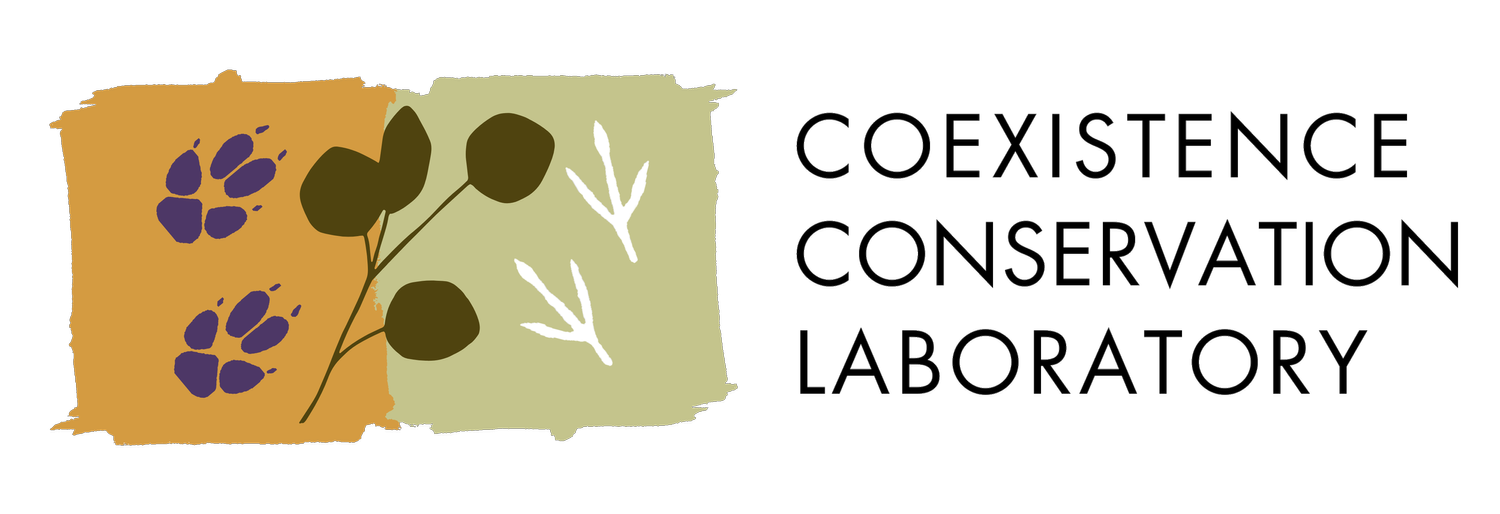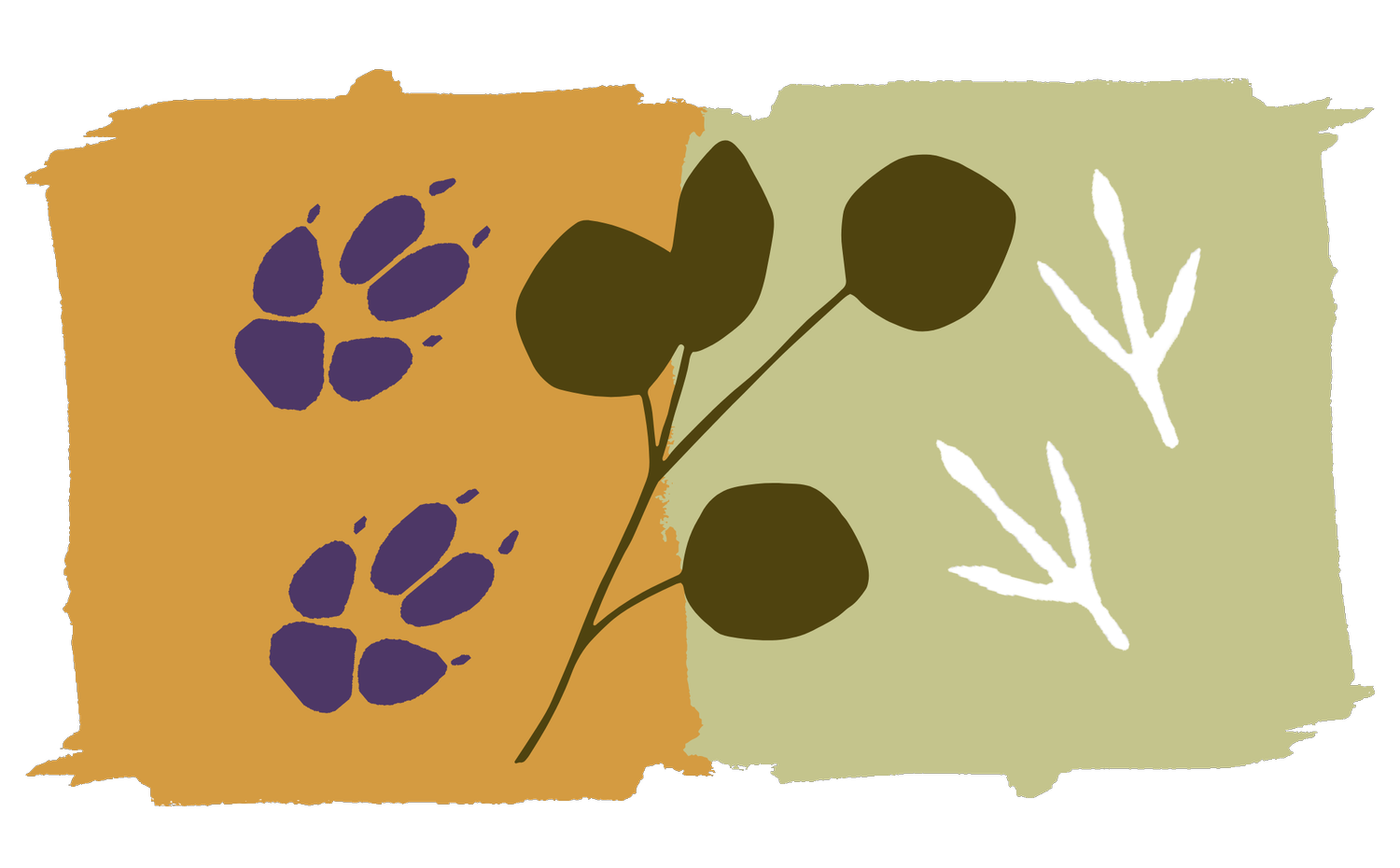
Pookila ( New Holland mouse)
Reintroduction biology
The pookila is a vulnerable native rodent that has become restricted to a subset of the habitats it formerly occupied. Based on subfossils, we can infer that pookila likely once occurred on the land that is now Mulligans Flat Woodland Sanctuary (MFWS). The reintroduction of pookila to MFWS aims to restore its functions to the ecosystem (e.g., as seed and fungi dispersers, prey, etc.) and reboot adaptation of the species to the vegetation, climate, and species interactions therein. In this way, we may build the resilience of the species to future environmental changes. Trials for the reintroduction of pookila to MFWS were commenced by Jason Mumbulla and Dr Fred Ford in 2013, and have provided opportunities to
assess changes in genetic diversity across the reintroduction process
develop Mini Safe Havens
demonstrate the use of captive breeding data to inform reintroduction design; and
encourage a strategic approach to countering ecological misconceptions.
Captive breeding genetics
Reintroduction projects use trials to optimise the methods in which a species is reintroduced to an environment.
For threatened species, however, it can be difficult to gather the numbers necessary from remnant populations straight into the trial reintroduction environment. Captive breeding, therefore, can be used to increase the number of individuals available for reintroduction trials. In 2016, a captive breeding colony of the New Holland mouse (Pseudomys novaehollandiae) was founded at the ANU, which fuelled trial reintroductions of the species into Mulligans Flat Woodland Sanctuary throughout 2019 and 2020. Using Single Nucleotide Polymorphisms (SNPs) from extracted DNA, we investigated how the genetic diversity of the captive colony has changed over time, and how releases into the wild might have affected the genetics of the captive population. By sourcing individuals from multiple remnant populations and using pedigrees to pair the least-related individuals, genetic diversity was able to be maintained in the captive population, which is essential for the species' ability to adapt to conditions when reintroduced.




